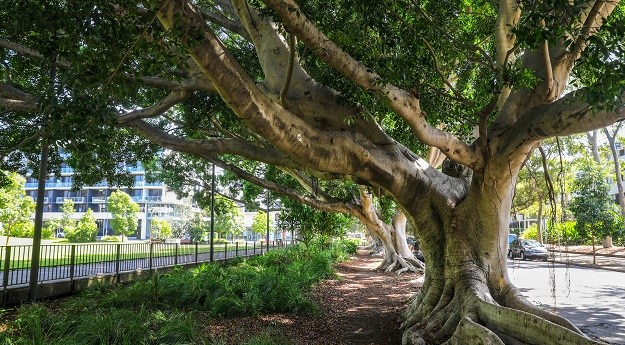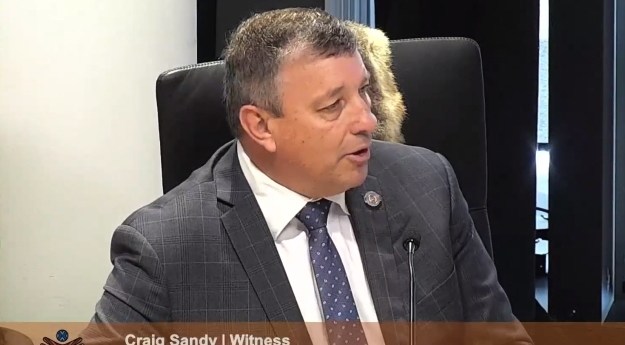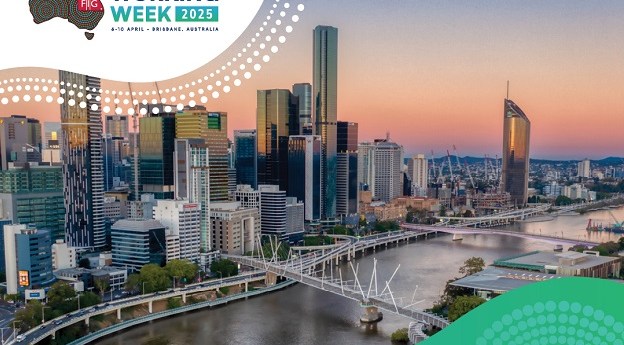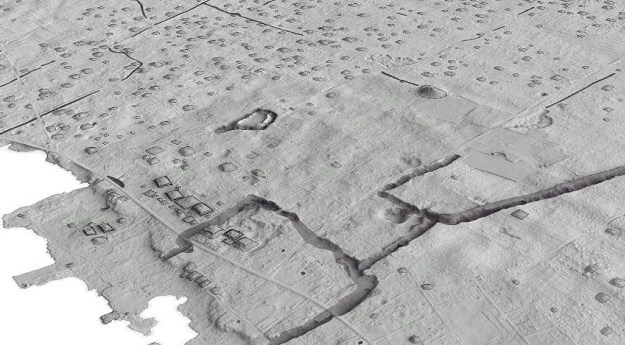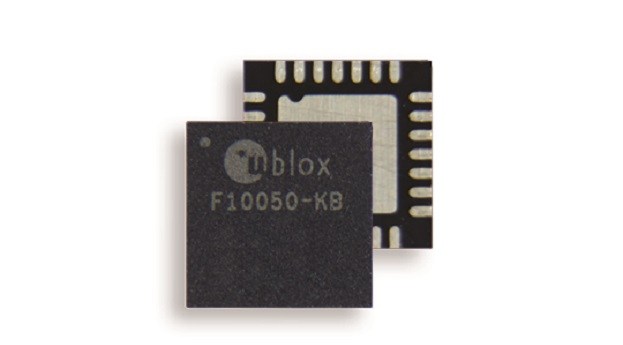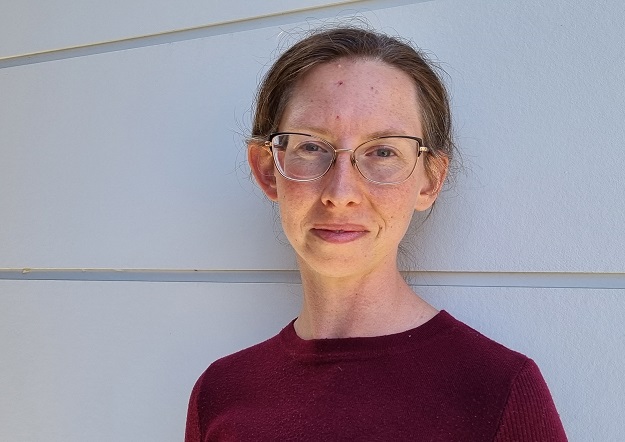
Anna Riddell
We’re celebrating International Women’s Day 2023 this week by highlighting some of the remarkable women who are helping to make Australia’s geospatial sector a world-leader.
In this interview we speak with Anna Riddell, who is currently acting (6-month temporary role) as the Director for the GNSS Analysis section at Geoscience Australia.
Please tell us about your current role and responsibilities.
I am responsible for the teams conducting our routine GNSS processing and analytics to provide the products and services that you may be familiar with, such as AUSPOS, APREF, Regulation 13 certification for the verification of position, and running the GNSS antenna calibration facility. I am also responsible for the team that is building and evolving Ginan, our GNSS analysis centre software. Recently I also became the new chair for the Intergovernmental Committee on Surveying and Mapping’s Geodesy Working Group, having only just taken on this role late last year.
My substantive role is managing the Australian Geospatial Reference System, which is the collection of datums, reference frames and working surfaces that are used to define latitude, longitude and height throughout Australia. One of the exciting projects our team is working on with the Victorian Government is the collection of airborne gravity data to help us improve the geometric component of our height system and gravity model, which will improve the accuracy of real-world heights from GPS.
How did you get into this field? What attracted you to it?
My technical background is in GNSS geodesy, where my PhD research (completed in 2021) looked at how the Australian crustal plate is moving vertically. We are sinking ever so slightly, and the movement is not consistent over the whole continent. I also looked at how the movement of the centre of the Earth influences our ability to precisely position ourselves with GNSS observations, noting that all GNSS measurements are referenced and centred on the Earth’s centre of mass.
I got hooked into a surveying degree at the University of Tasmania with the endless possibilities for travel, working outdoors and being able to explore and understand how our planet Earth wiggles about in time and space. Now, I really enjoy being able to work on expanding our understanding of how the Earth changes shape and size and how this affects our everyday life.
What do you enjoy most about your job?
I enjoy talking about what I do and how it has impact on our everyday lives at the foundational level — everything happens somewhere. And I love seeing the ‘lightbulb moment’ when people realise how ubiquitous positioning has become and how reliant we are on location-based services in our everyday lives across all industries. I enjoy outreach sessions in schools and local community groups, where I speak about geodesy and the related spatial sciences, knowing that if we can foster curiosity early, we will be able to spark interest for the next generation of scientist and STEM specialists.
The teams I get to work with are incredibly diverse, which brings new perspectives to enable innovation, and the global community is well engaged. One of the highlights of my career so far, has been to work on a draft United Nations resolution that was then accepted by the UN General Assembly for the Global Geodetic Reference Frame for Sustainable Development.
Are there any personal qualities or attributes that are helpful to have in this field?
An analytical and naturally curious mentality has certainly helped me, but also the ability and freedom to seek out and say ‘yes’ to opportunities when they are presented.
As a woman, have you had many struggles during your career? Conversely, have you had a lot of support?
I have benefitted from a tremendous support network throughout my career in both my personal and professional lives. In a professional sense, I have had wonderfully supportive managers and colleagues who have never seen my gender as a barrier or an advantage.
In my personal life I have had wonderful family support and role modelling, from my grandparents all the way down to my own children. They never let me forget that I am more than just my work!
We need to get more women into the geospatial sector. Do you have any ideas?
Providing opportunities, having visible role models and telling stories about how fun it can be to work in a sector with endless applications. Drone-delivered coffee, developing dynamic ellipsoidal plate rotation models, understanding how earthquakes in New Zealand can influence water flow in Australia, centimetre-level positioning for every Australian… these are a few examples that spring to the top of my mind.
What would you say to young women who are considering a career in geospatial?
Take a chance and say, “Yes”! Even if you don’t land in a job or role that you love from the outset, the skillsets and knowledge that you develop in geospatial/geodesy are highly transferable and in high demand.






